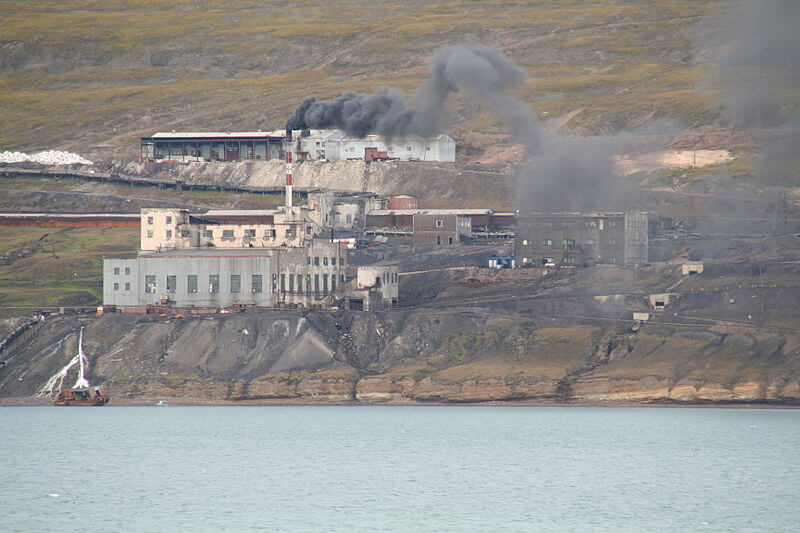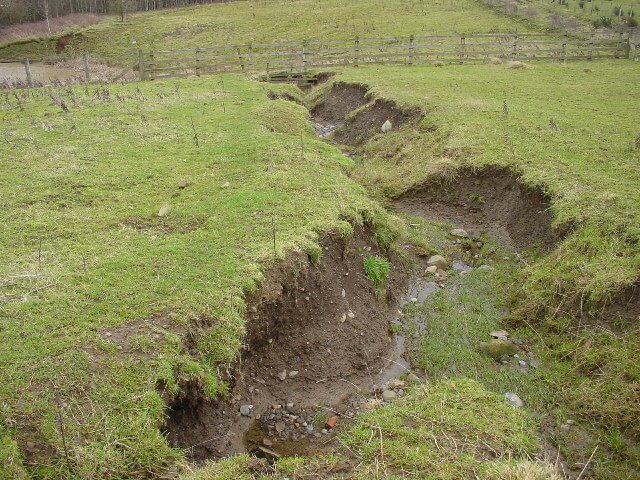Table of Contents
Coal is still the most prevalent energy source in the entire world and the United States is not an exception. Almost 91 percent of the country’s electricity is generated in coal-burning plants.
Still, coal mining is a nefarious activity for the environment and for the human health. In fact, the industry is responsible for one-third of all carbon emissions registered in the United States. Here is a short list of the five worst consequences of coal mining.
1. Water pollution

Water polluted by coal mining takes on toxic levels of heavy metals and minerals. According to GreenPeace, “toxic water leaks out of abandoned mines to contaminate groundwater, streams, soil, plants, animals and humans”.
2. Mountaintop removal

This technique, also known as strip mining, involves the destruction of mountain ranges to access buried coal reserves.
3. Biodiversity loss

When companies decide to develop a mine site, the first step is to clear the area of plants and trees to facilitate the digging activities.
4. Air pollution

A study produced by Earth Justice states that coal mining releases 10 percent of all methane emissions, 1,790 tons of VOCs a year, and more nitrogen dioxide than can be produced by 1.12 million cars.
5. Soil erosion and sink holes

Whether a company is investing in surface mining or underground mining, both practices always involve removing large amounts of earth to reach coal reserves.
